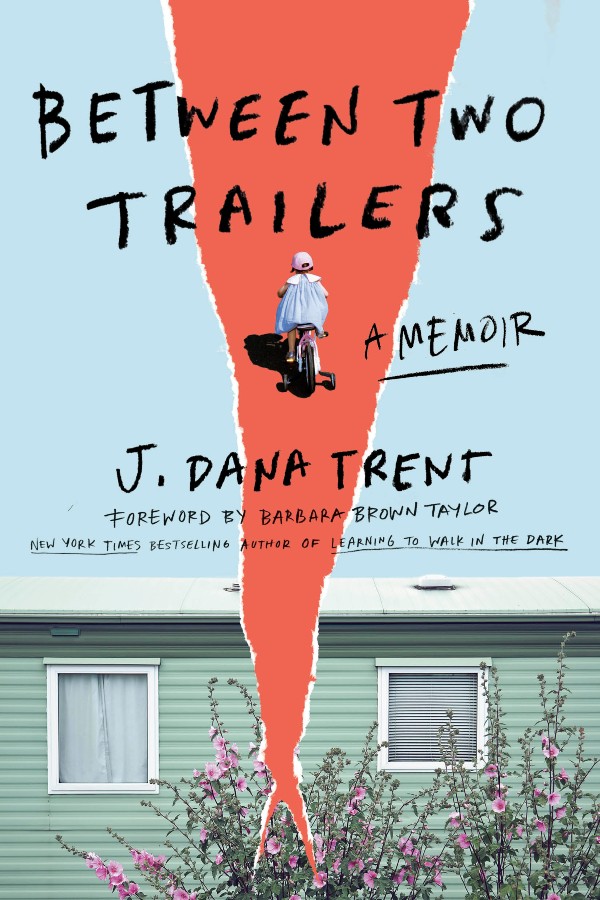A family close to me recently lost their beloved matriarch. Betty cared for her Parkinson’s-stricken husband for years, then received word from her doctor that she had mouth cancer. She persevered through chemotherapy and radiation, hoping for a miracle. But she decided against surgery to remove her jaw.
For the family, the surprising diagnosis was devastating.
The family made hospital visits, consulted with doctors, provided rides to outpatient treatment and eventually arranged hospice care. A son moved in to Betty’s house as she recovered from treatment. Another began arranging the estate. A third repaired things around the house and visited regularly, providing some respite to his full-time-caregiver brother.
Just seven months after her initial diagnosis and ten after her husband’s death, Betty entered a fuller life with God.
Betty’s sons and their families spent roughly six years offering care to their parents. They are among the 30 percent of U.S. households, amounting to 66 million people, who have a family member providing care to an ailing relative. Two-thirds of caregivers are women. They spend 20 hours a week, on average, cleaning, cooking, dressing, feeding, dispensing medicine and assisting with personal care.
These figures are from a November 2009 study published by the National Alliance for Caregiving and the AARP. What is surprising in the results is that the church is not mentioned. At the hospice program where I volunteer, every single volunteer is affiliated with a nearby church. They joined because they knew someone from church who received care from hospice, and were inspired to get involved.
Why this absence? I think it is because the church does not provide a meaningful narrative for this end of life process. The church no longer teaches the art of dying.
John Fanestil’s book, “Mrs. Hunter’s Happy Death,” describes his discovery of the Methodist tradition of the happy death. Fanestil was struck by how beautiful it was to witness a person full of faith prepare for and enter eternity. His church members’ last days revealed a spiritually active life that grew more radiant rather than duller at the end.
The Methodist tradition of the happy death draws on the ancient church. Gary Ferngren writes in “Medicine and Health Care and Early Christianity” that Christians distinguished themselves by refusing to flee when epidemics struck. While Romans practiced medicine, there was no system for caring for the sick outside of the paid services of a doctor. Christians gathered and cared for the abandoned sick and buried the dead. They did this because they understood that Jesus’ resurrection removed the sting of death. They saw the body as the bearer of the image of God. Almost as soon as Christianity was legalized, churches transformed their informal care into the world’s first hospitals.
Today’s caregivers stand in this ancient Christian tradition. But our churches are largely ignorant of it.
Over the course of the 20th century, dying became the province of hospitals, doctors and insurance companies. The church continued to console the grieving. But we’ve lost the belief that the period of dying is an important time for those about to enter new life with God. We don’t ask, as John Wesley did, “Do you see Jesus?” He gave their words great weight since a dying person -- so close to eternity -- must see more clearly than we. We aren’t eager to hear what the dying have to say.
We might be getting death back.
Americans spend an average of four years helping their parents deal with long, slow declines. This Christian tradition of the art of dying won’t make the care giving easier. Helping an elderly parent change his clothes or use the bathroom will always be difficult. But it is holy work -- a spiritual discipline -- a way to embody our hope of a life with God in a resurrected body. This work is an opportunity to journey with someone to eternal life. It is not only work that tens of millions of Americans are already doing, but work that is essential for the church.
Rob Moll is editor at large for "Christianity Today" magazine and author of "The Art of Dying: Living Fully into the Life to Come" (Intervarsity). He writes at robmoll.com.






